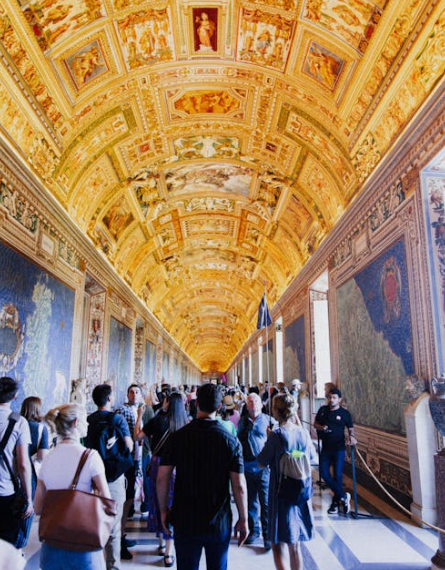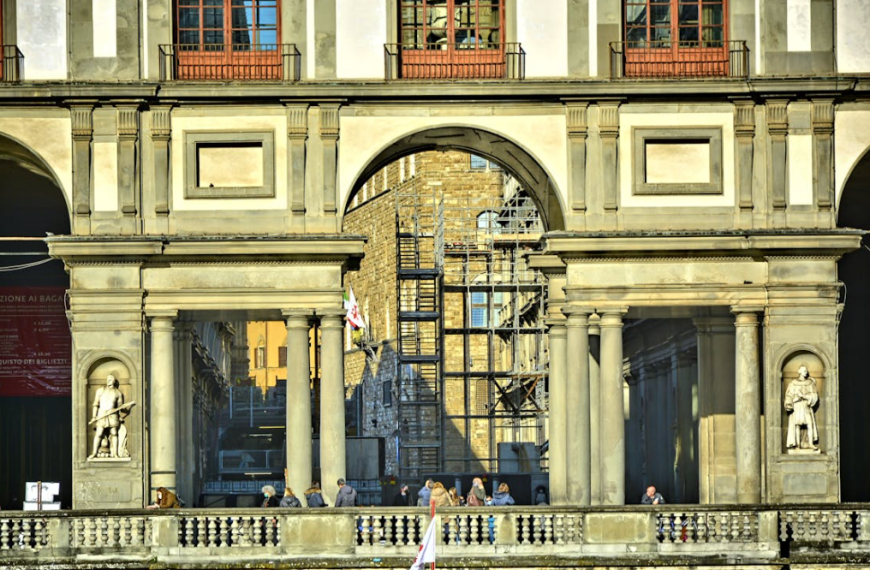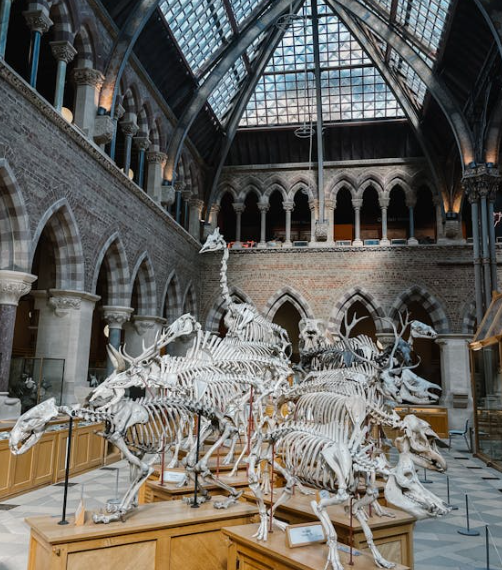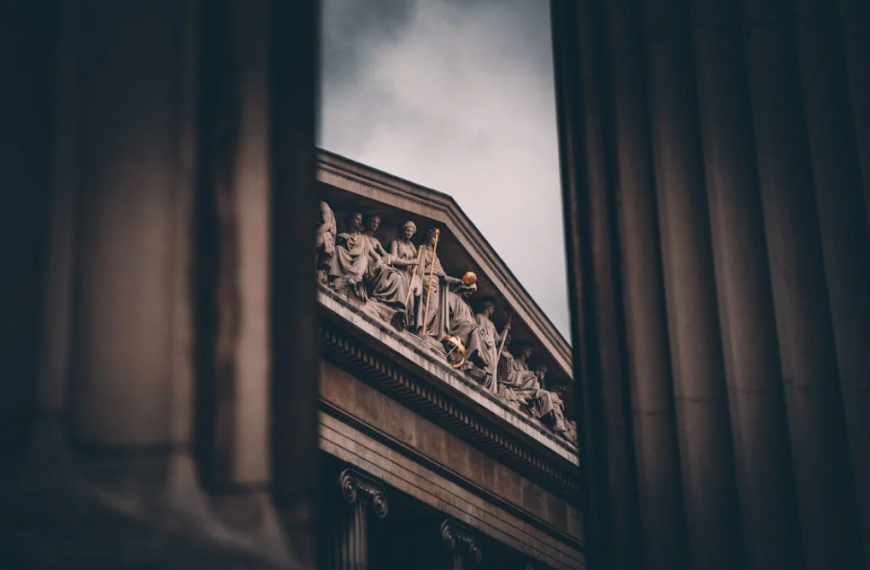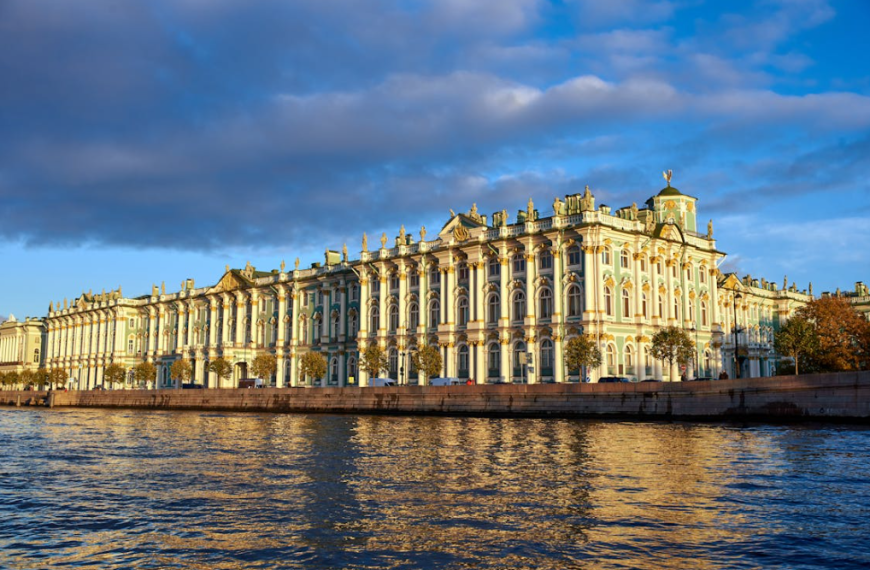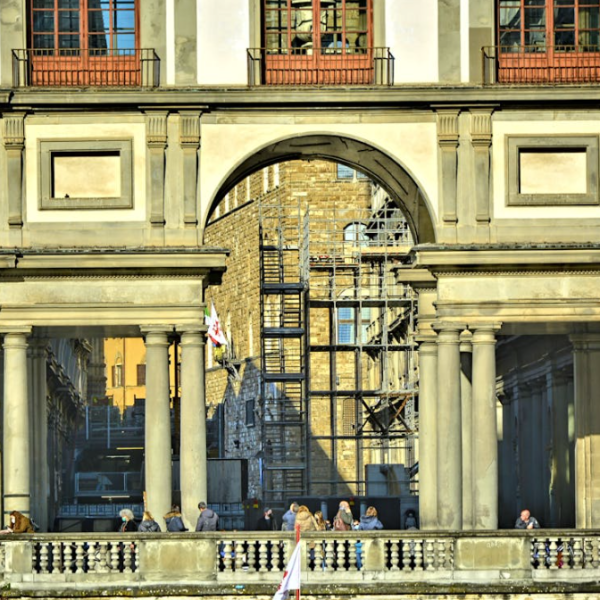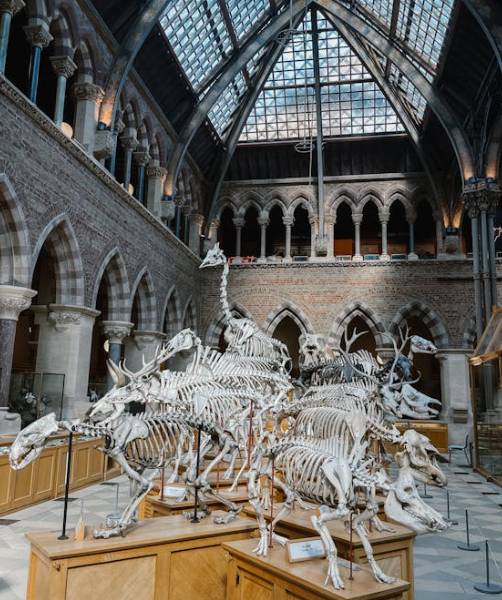Nestled on the picturesque shores of the Black Sea, the ancient city of Tauric Chersonese and its surrounding chora (countryside) stand as a testament to the rich history and cultural heritage of the Crimean Peninsula. With its fascinating ruins, archaeological sites, and stunning landscapes, this historic enclave offers visitors a glimpse into the ancient past of the region. Join us as we embark on a journey to uncover the mysteries of Tauric Chersonese and its captivating chora.
History and Origins:
Tauric Chersonese, also known as Chersonesus, was founded by Greek colonists from Heraclea Pontica in the 5th century BC. Initially established as a trading outpost, the city flourished under Greek, Roman, and Byzantine rule, serving as a vital hub for commerce, culture, and religion in the region. Over the centuries, Tauric Chersonese witnessed periods of prosperity, conquest, and decline, shaping its diverse and storied history.
Archaeological Marvels:
Today, the remnants of Tauric Chersonese offer a glimpse into its illustrious past. The city’s archaeological site boasts well-preserved ruins, including defensive walls, ancient streets, residential quarters, and public buildings. One of the most iconic landmarks is the Chersonesus Basilica, a Byzantine church dating back to the 6th century AD, renowned for its intricate mosaics and architectural grandeur. Visitors can also explore the remains of the ancient theater, agora (marketplace), and residential complexes, providing insight into daily life in antiquity.
The Enigmatic Chora:
Beyond the confines of the city walls lies the chora of Tauric Chersonese, a vast expanse of countryside dotted with archaeological sites, natural wonders, and cultural landmarks. The chora served as the agricultural heartland of the ancient city, providing sustenance for its inhabitants and supporting a thriving rural economy. Today, the chora offers visitors a serene retreat from the hustle and bustle of modern life, with scenic landscapes, rolling hills, and quaint villages waiting to be explored.
Exploring the chora of Tauric Chersonese reveals a tapestry of ancient settlements, burial mounds, and agricultural terraces, offering insights into the agrarian lifestyle of the region’s inhabitants. Highlights include the remains of rural estates, ancient tombs, and sacred sites dedicated to deities such as Demeter and Persephone, reflecting the religious beliefs and customs of the ancient Greeks who once inhabited the area.
Preservation and Conservation Efforts:
In recent years, efforts have been made to preserve and protect the cultural heritage of Tauric Chersonese and its chora. Archaeological excavations, conservation projects, and heritage initiatives aim to safeguard the ancient sites and promote sustainable tourism in the region. Through collaboration between local authorities, academic institutions, and cultural organizations, steps are being taken to ensure that future generations can continue to appreciate and learn from the rich history of Tauric Chersonese and its surrounding countryside.
As we conclude our journey through the ancient city of Tauric Chersonese and its enigmatic chora, we are reminded of the enduring legacy of this historic enclave. From its Greek origins to its Byzantine heyday, Tauric Chersonese stands as a testament to the resilience and ingenuity of its inhabitants. Today, as visitors wander through its ruins and explore its countryside, they are transported back in time to an era of empires, trade, and cultural exchange. Indeed, Tauric Chersonese and its chora continue to inspire awe and wonder, inviting us to delve deeper into the mysteries of the past.


